Marta Minujín’s Chaotic, Immersive Art

Marta Minujín’s Chaotic, Immersive Art
Visit the exhibit at the New Museum. (Courtesy of Sarah Lobdell for the Fordham Ram)
Visit the exhibit at the New Museum. (Courtesy of Sarah Lobdell for the Fordham Ram)
September 18, 2019
Hang on for a minute...we're trying to find some more stories you might like.
Email This Story
Marta Minujín, the artist behind the interactive and innovative art space, Menesunda Reloaded, located on the third floor of the New Museum, seeks to challenge her audience’s beliefs about popular culture and the media.
The exhibit is temporary and will only be open until Sept. 29. However, according to the New Museum, La Menesunda, Minujín’s original installation of this “participatory environment” opened in 1965 at the Center for Visual Arts at the Institute Torcuato Di Tella in Buenos Aires, Argentina. The original piece features 16 spaces, separated by human-shaped entrances. Although Menesunda Reloaded has many of the same rooms as the original, it is missing spaces such as the dental office. Regardless, the influence of Minujín on both of these pieces is legendary and continues to impact contemporary Latin American artists today.
The New Museum’s Menesunda Reloaded exhibit consists of 11 individual spaces connected intricately by a human-shaped entrance, narrow staircases, cramped hallways and a spinning doorway. Upon entering the exhibit, visitors first experience a room full of neon lights haphazardly placed on the two opposing walls and ceiling in various shapes, colors and light intensities. Next, visitors follow a hallway lined with televisions playing at full volume, then unexpectedly and uncomfortably walk into a room with a couple lying in bed.
Other spaces in the exhibit include a refrigerator blowing cold air, a salon with a makeup artist, a hallway of foam pieces and a room full of long, soft, fuzzy cylinders hanging from the ceiling. Before exiting the exhibit, visitors must walk into a mirrored, octagonal room with fans blowing confetti.
The New Museum describes Minujín’s work as a mix of “experimental theater, film and television, advertising and sculpture.” These elements create “environments that place viewers at the center of social situations and confront them with the seductiveness of media images and celebrity culture.”
Minujín’s work seeks to recreate the realities afflicting Buenos Aires from an artistic standpoint. Specifically, each piece highlights the effects of the rise of advertising and mass media in Argentina. The neon room, for example, represents the bustling streets of Buenos Aires at night, while the makeup room, featuring a peephole with a woman’s face inside, represents how makeup and appearances are now seemingly the only thing women think about.
Minujín’s work also reveals her resistance to institutionalized structures and societal norms. Many of her pieces are composed of short-lived materials such as foam, confetti and plastic, so they are not meant to last very long. Other pieces are considered short-lived simply because they include human beings who cannot be part of the scene forever. These fragile and temporary pieces challenge traditional art, which endures the test of time and can be sold as collectible art objects. Her pieces are radical and directly oppose the consumer culture and mass media the 1960’s Argentinian institutions promoted. In fact, she wanted her art to inspire her audiences to act upon the injustices they saw.
Marta Minujín was born in 1943 in San Telmo, Argentina, where she continues to get inspiration for her work. She studied at the National University Art Institute and first presented her work at the Teatro Agón in 1959. The following year, she received a scholarship from the National Arts Foundation to go to Paris to continue her studies in art.
In 1963, she created her first performance piece, La destrucción, similar in style to La Menesunda. In this piece, Minujín dipped pillows in paint and sculpted mattresses hung on frames. She then invited other artists to an empty, public lot in Paris and asked them to destroy her work with elements of their own art as a form of symbolic destruction. Progressive artists such as Carlos and Paul-Armand Gette were among those who painted, cut and burned Minujín’s work.
According to Haverford College, the destruction of her works ensured they would not sit in the “‘cultural cemetaries’ of museums and galleries where art goes to die.”
After leaving Paris and returning to Buenos Aires in 1964, she received the Premio Nacional Instituto Torcuato Di Tella for the interactive piece “Reqvuélquese y viva.” She also received the Guggenheim Fellowship in 1966 for “La Menesunda” which prompted her move to New York City.
The overthrow of the Argentinian government by Juan Carlos Onganía later that year censored radical art such as hers, so she continued her passion in the United States.
When democracy returned to Argentina is 1983, Minujín created a monument featuring 30,000 banned books to encourage freedom of expression in her home country.
Minujín’s work now permanently resides in the Museum of Modern Art in New York City and Centro de Arte y Comunicación in Buenos Aires.


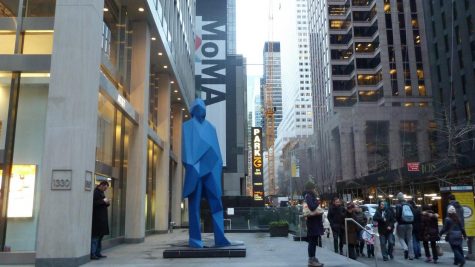
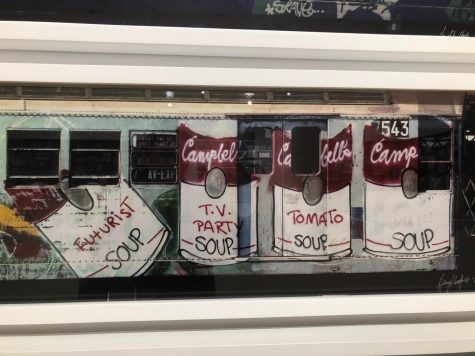
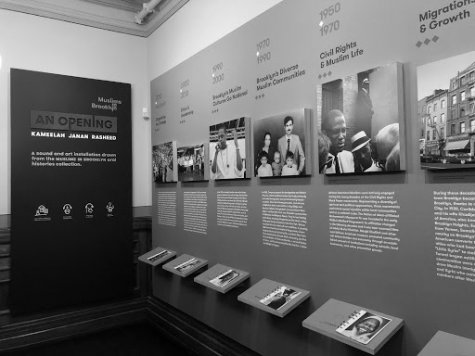

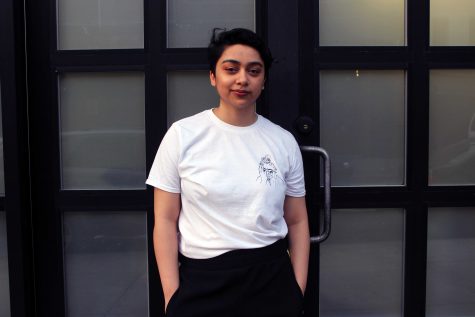
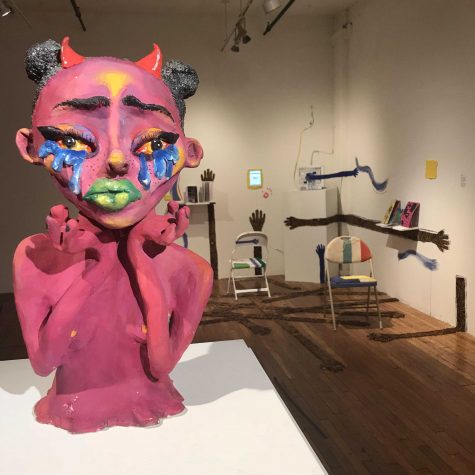
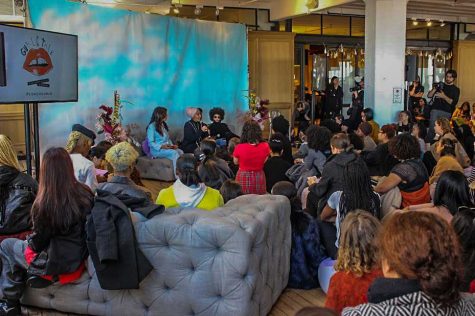

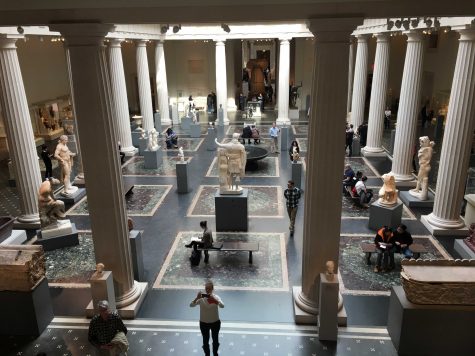
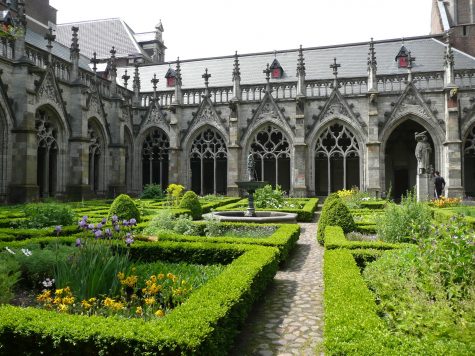
Well done, informative article. Will definitely visit NYC to see this art!
What a great review. The performance artists of the 1960’s were true innovators of the marriage of art and political statements.